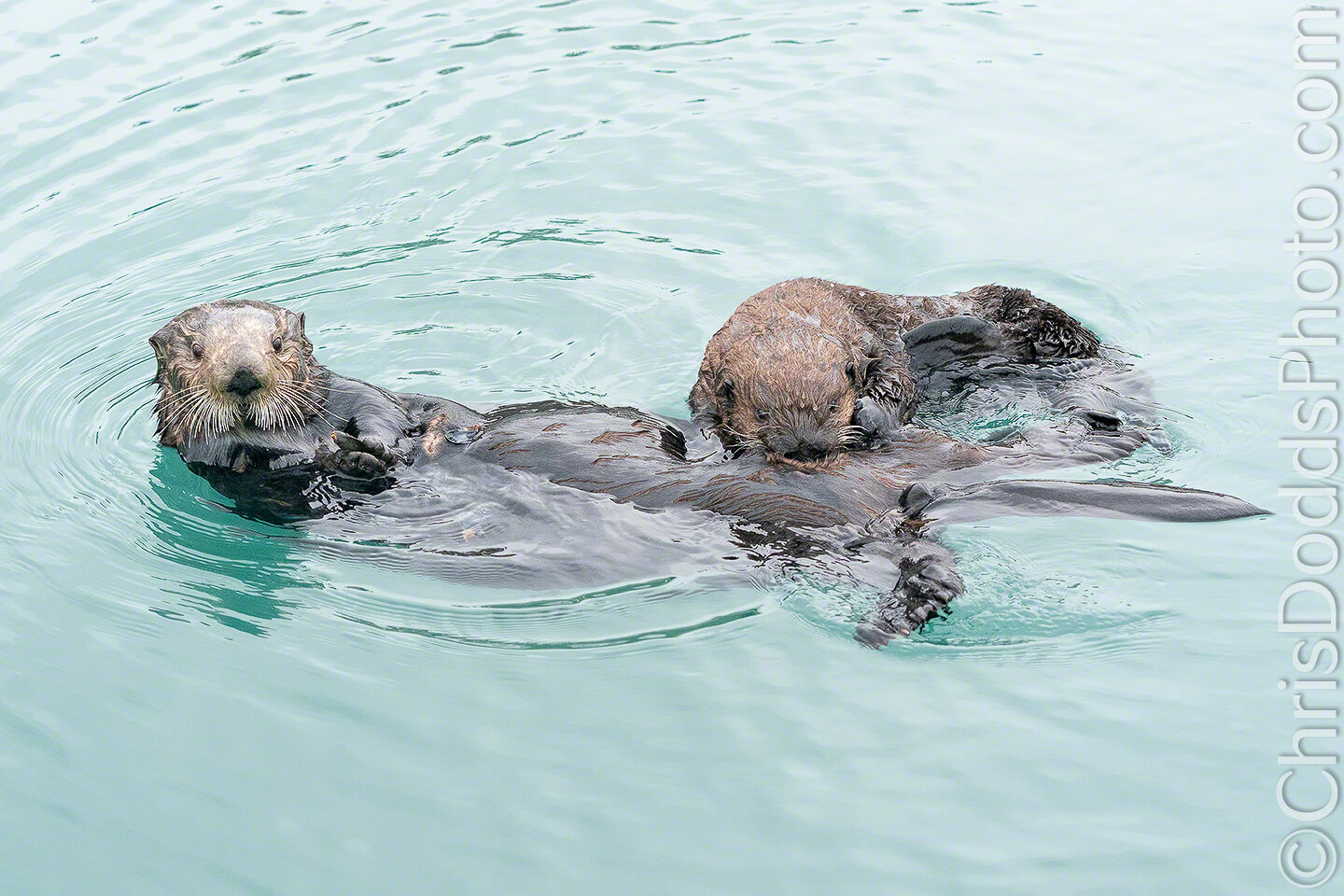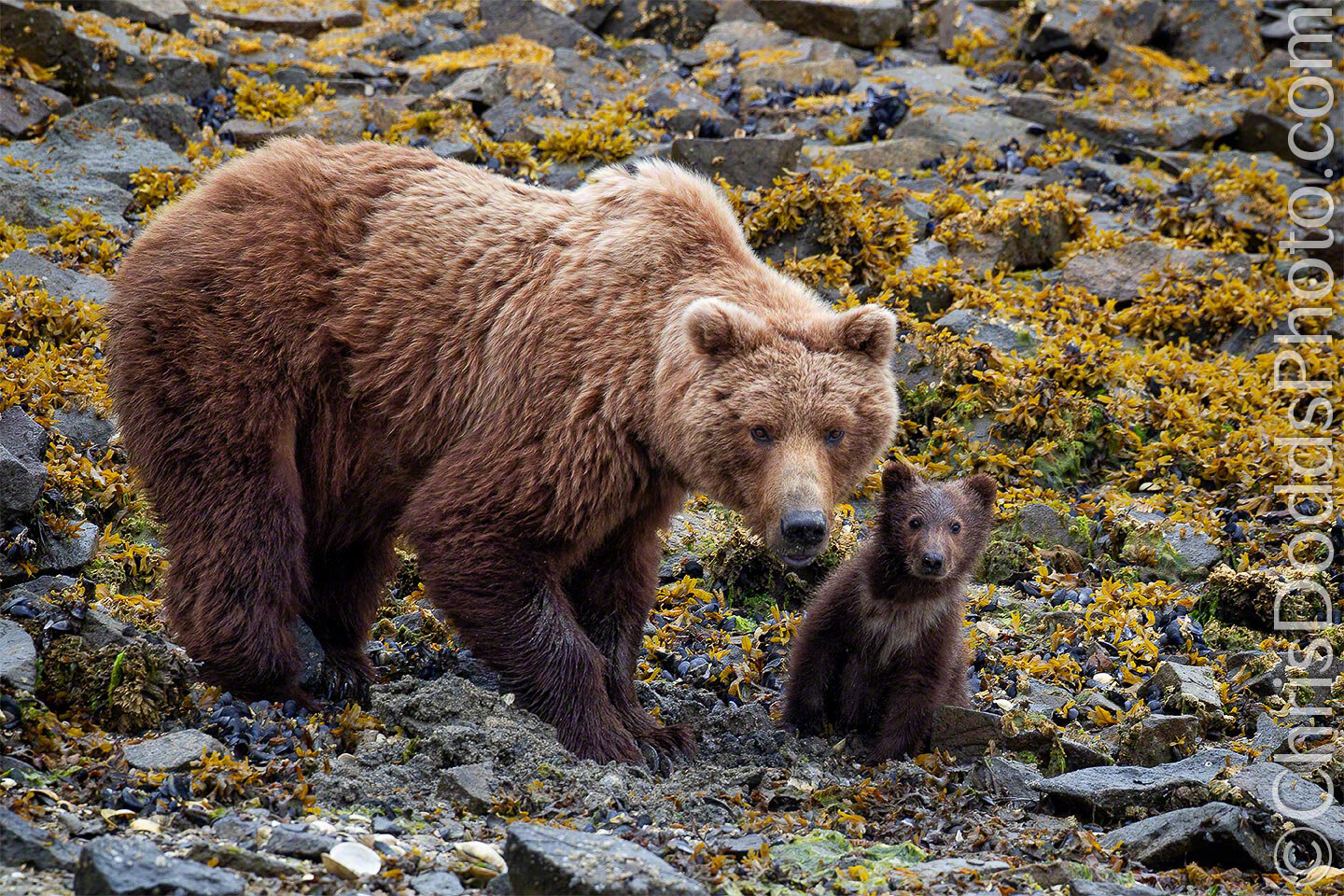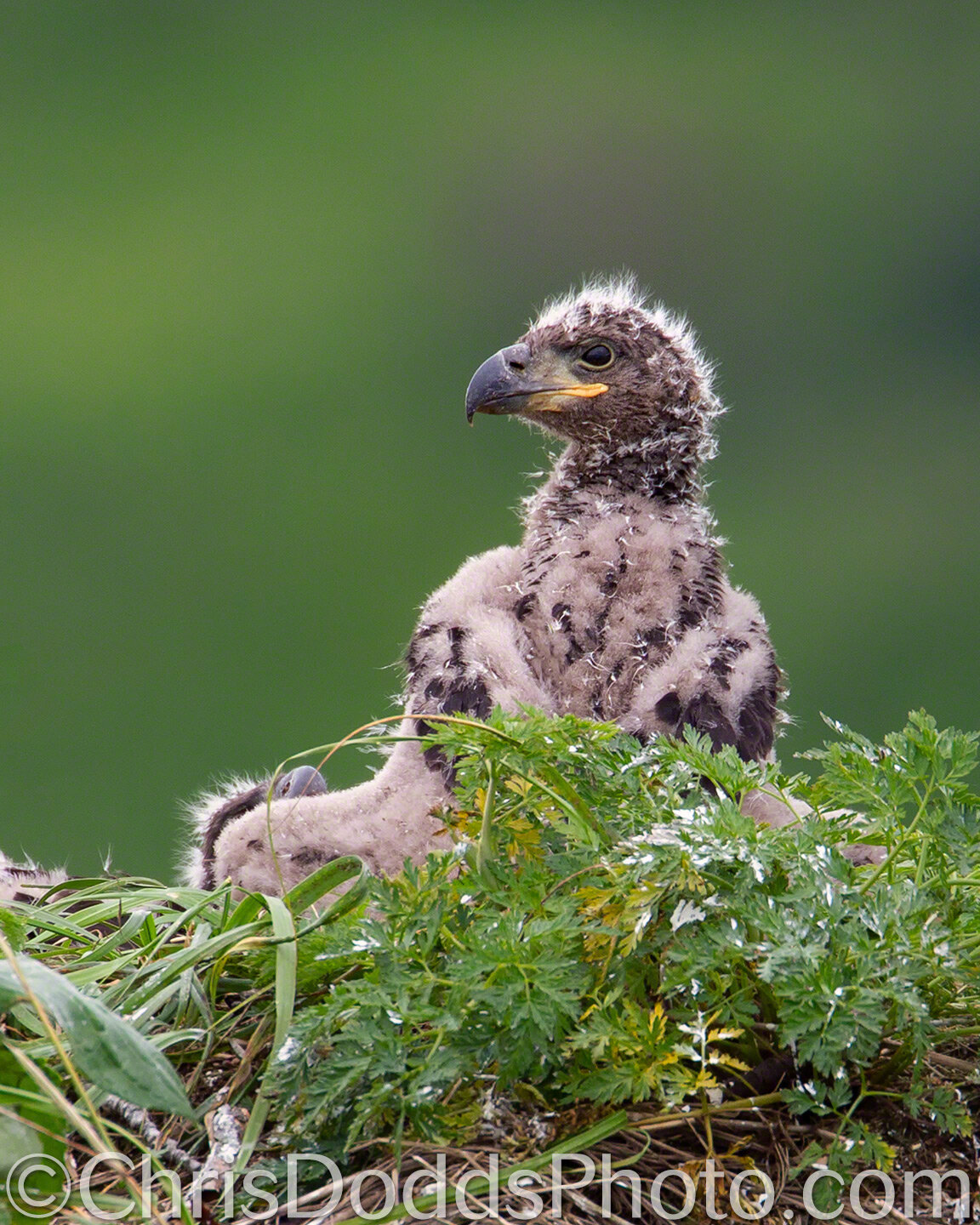Be sure to check-out my Vistek Live interview with Dave Stood from Vistek. This is a much different format than my usual Sony presentations. The event was sponsored by Sony of Canada and Vistek. We had our share of technical difficulties (as is often the case with live events), but I am happy with the results.
Sony Establishes $100 Million COVID-19 Global Relief Fund
Kudos to Sony for reacting quickly and generously to the current COVID-19 disaster. My hope is that many more large corporations will join-in and give back.
Tokyo, Japan - Sony Corporation today announced the establishment of the "Sony Global Relief Fund for COVID-19," a 100 million US dollar fund to support those around the world affected by the COVID-19 virus.
Through this fund, Sony will provide support in three areas: assistance for those individuals engaged in frontline medical and first responder efforts to fight the virus, support for children and educators who must now work remotely, and support for members of the creative community in the entertainment industry, which has been greatly impacted by the spread of the virus.
In terms of medical support, 10 million U.S. dollars of the fund will be devoted first to the COVID-19 Solidarity Response Fund for WHO powered by the UN Foundation and Swiss Philanthropy Foundation, as well as Médecins Sans Frontières (MSF), United Nations Children's Fund (UNICEF) and United Nations High Commissioner for Refugees (UNHCR) to assist medical workers and others on the frontline of response efforts to the virus. Sony will also work with its external partners to explore ways that it can support activities that prevent the further spread and contribute to treatment of the COVID-19 virus.
In the area of education, where children, who represent the next generation, are losing education opportunities as a result of school closures, Sony will explore ways to leverage its technologies in support of education activities, and cooperate with educators to implement these measures.
Furthermore, in terms of the creative community such as music, pictures, games and animation, together with its group companies engaged in the entertainment industry, Sony will seek ways to support up-and-coming creators, artists and all those in professions supporting the industry, who have been impacted by the cancellation or postponement of concerts and live events, or the shutting down of film and television productions.
Sony also announced that employees will be able to provide their support through a matching gift program that is scheduled to be offered to its approximately 110,000 employees worldwide.
Kenichiro Yoshida, President and CEO, Sony Corporation, said, "Sony extends its condolences to the families of those who have passed away as a result of the COVID-19 crisis, and extends its sympathies to all those who have been impacted. In order to overcome the unprecedented challenges that as a society we now face around the world, we will do all we can as a global company to support the individuals on the frontlines of the battle against COVID-19, the children who are our future, and those who have been impacted in the creative community."
Going forward, Sony will work together with its partners and stakeholders to explore ways to further extend these initiatives.




















